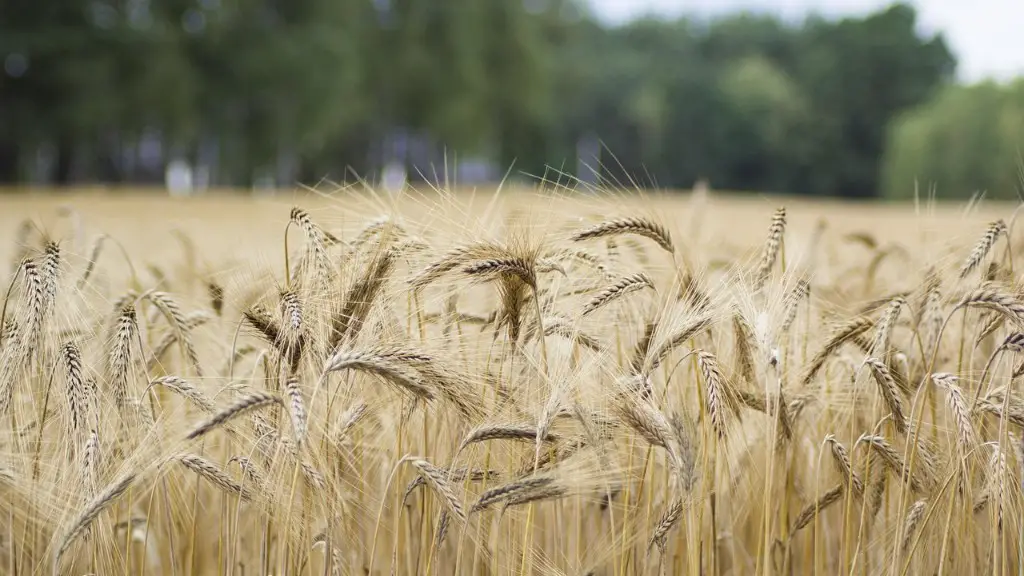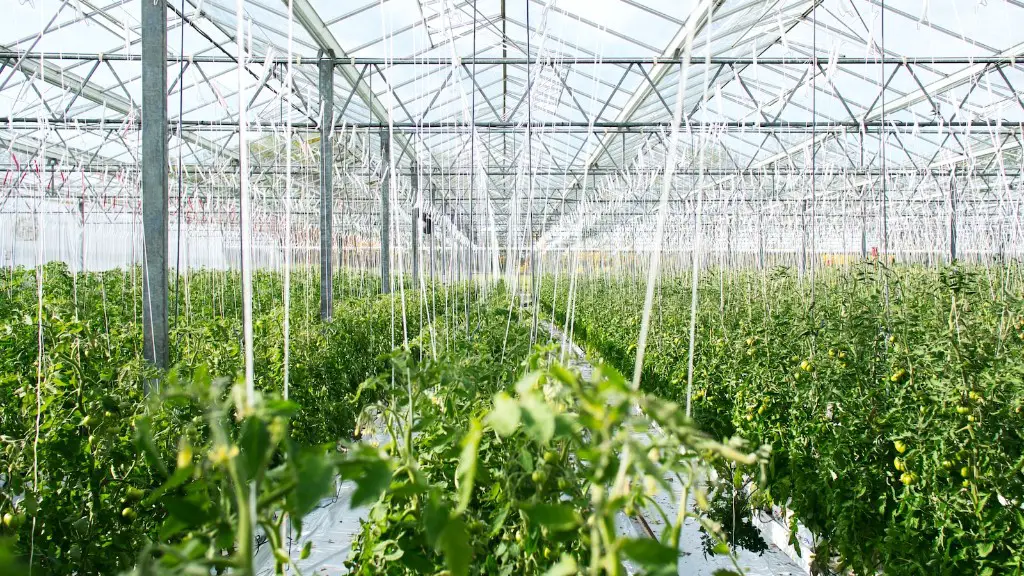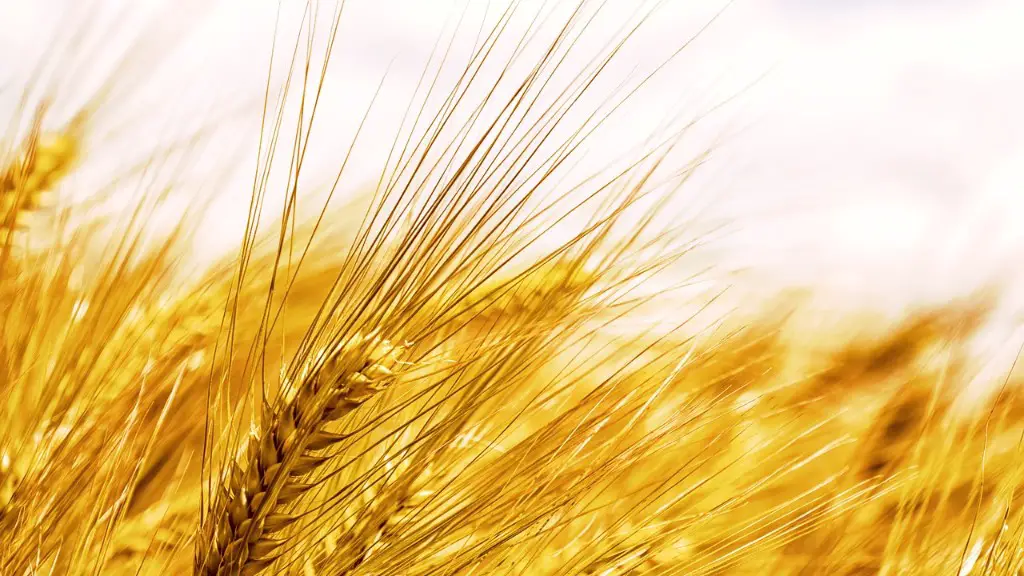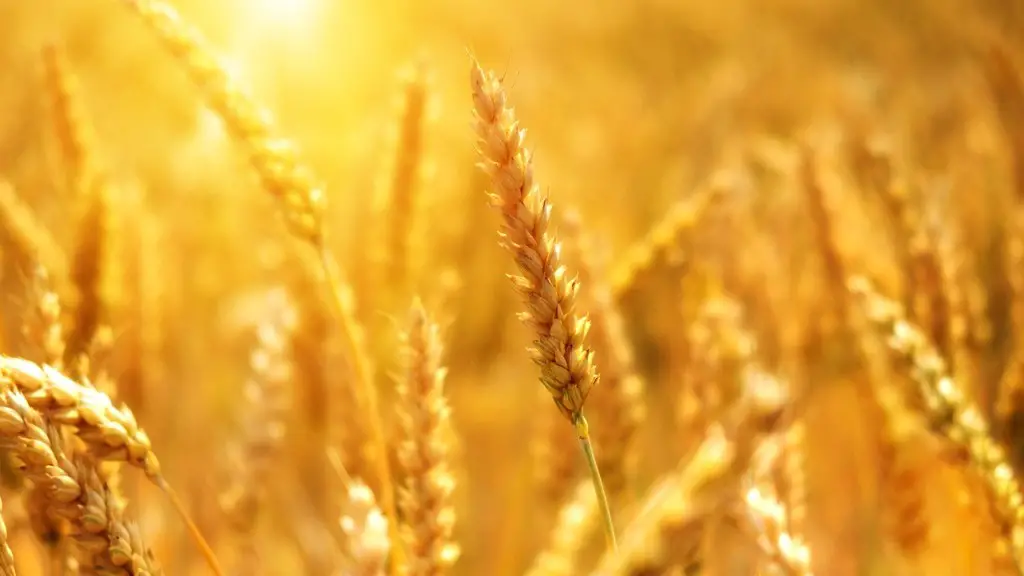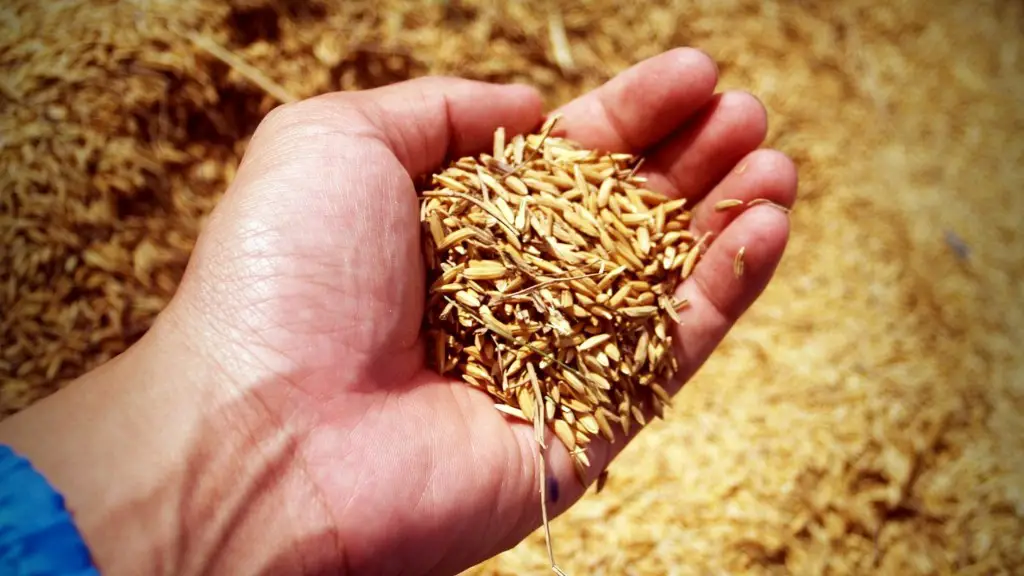The climate is a determining factor in agriculture. It affects the type of crops that can be grown, the amount of water that is available, and the lengths of the growing season. Climate change is already affecting agriculture, and is expected to have even greater impacts in the future.
Climate influences agriculture through its effect on both natural resources (such as land and water) and the conditions under which crops are grown (such as temperature, humidity, and rainfall). Climate change is likely to have both positive and negative impacts on agriculture, depending on the region. In general, moderate changes in climate may improve crop yields, while more extreme changes could decrease production.
How does climate change affect agriculture?
Climate change is having a profound impact on agriculture and food production around the world. As temperatures rise and weather patterns become more extreme, farmers and other agricultural producers are struggling to adapt.
Changes in ozone, greenhouse gases and climate change affect agricultural producers greatly because agriculture and fisheries depend on specific climate conditions. Temperature changes can cause habitat ranges and crop planting dates to shift, and droughts and floods due to climate change may hinder farming practices. All of these factors can have a significant impact on food production and the availability of food.
Agricultural producers are working hard to adapt to the changing climate, but it is a difficult and ongoing process. It is important to support them in their efforts to ensure that we can all continue to enjoy a bountiful supply of food.
Climate change is already having an impact on agriculture in the United States. We’ve seen an increase in flooding in many agricultural regions of the country, including the Midwest, the Southern Plains, and California. Sea level rise is also ratcheting up the frequency and intensity of flooding on farms in coastal regions.
These floods can damage crops, damage farm infrastructure, and disrupt the supply of food. They can also lead to higher food prices, as farmers struggle to recover from the damage.
Climate change is also causing droughts in some areas, which can lead to crop failure and pasture loss. These droughts can also lead to water shortages, as farmers compete for limited resources.
All of these impacts are likely to continue and intensify as the planet continues to warm. Farmers will need to adapt their practices to deal with these changes, and we all need to do our part to reduce greenhouse gas emissions to help mitigate the worst impacts of climate change.
Why is climate important in agriculture
Climate change is likely to bring more extreme weather events that will reduce crop yields. Heavy rain, hail storms and flooding can physically damage crops, and extremely wet conditions can delay planting or harvesting. Such events are likely to become more common as the climate continues to change.
As temperatures rise and carbon dioxide concentrations increase, some crop yields may improve. However, the yields of major commodity crops are expected to decrease in a future without climate change. This is due to the fact that higher temperatures and carbon dioxide levels can lead to increased evaporation, which can reduce the amount of water available to plants. Additionally, extreme weather events, such as heat waves and droughts, are expected to become more common, further reducing crop yields.
What are 4 ways in which climate change impacts agriculture?
Negative impacts of global warming can be devastating to crops and agriculture. High levels of temperature rise can lead to reduced growth periods for crops, which can lead to reduced quantity and quality. Additionally, increased temperatures can lead to reduced sugar content, bad coloration, and reduced storage stability in fruits. Furthermore, global warming can increase the growth of weeds, blights, and harmful insects in agricultural crops, which can reduce land productivity.
The report found that Jakarta, Indonesia is the most at risk, followed by Bangkok, Thailand and Manila, Philippines. The report notes that these three cities are all coastal, and therefore particularly vulnerable to rising sea levels and extreme weather events.
What climate zone is best for agriculture?
There are several reasons why temperate regions are beneficial for agriculture. They have good seasonal rainfall and warm summers, which provides the ideal conditions for crops to grow. In addition, the soil in temperate regions is usually rich in nutrients, which helps to promote plant growth. Furthermore, temperate regions tend to have fewer pests and diseases, which can potentially damage crops. Consequently, it is no surprise that many farmers choose to set up their farms in temperate regions.
Climate change is one of the most important global issues facing the world today. It is already having a significant impact on countries around the world, and is expected to cause even more damage in the future. Some of the countries most at risk from climate change are listed below.
Japan is one of the most developed countries in the world, but it is also one of the most vulnerable to climate change. The country is regularly hit by severe weather events, such as typhoons and floods, which are only getting worse as the climate changes.
The Philippines is another country that is extremely vulnerable to climate change. The country is regularly hit by typhoons and other severe weather events, which are expected to become even more common and more intense in the future.
Germany is a wealthy and developed country, but it is also at risk from climate change. The country is vulnerable to flooding and other extreme weather events, and is expected to see an increase in such events in the future.
Madagascar is a poor country that is extremely vulnerable to climate change. The country is regularly hit by severe weather events, such as cyclones, which are expected to become even more common and more intense in the future.
India is a large and populous country that
Where does most of the environmental impact from farming come from
Agriculture is the leading source of pollution in many countries. Pesticides, fertilizers and other toxic farm chemicals can poison fresh water, marine ecosystems, air and soil. They also can remain in the environment for generations.
There are a lot of factors to consider when deciding which cities are the best for climate change. Some of the important factors include: the expected increase in days with extreme heat or high heat and humidity, the city’s ability to adapt to new weather patterns, and the city’s overall commitment to combating climate change. Based on these factors, some of the best cities for climate change include Seattle, Washington, Columbus, Ohio, Minneapolis, Minnesota, Baltimore, Maryland, Portland, Oregon, and Pittsburgh, Pennsylvania.
What part of the US will be least affected by climate change?
Vermont is the best state to move to avoid climate change according to a new study. The study, which was conducted by the Union of Concerned Scientists, looked at how different states are expected to be impacted by climate change over the next 30 years. Vermont was found to be the best state to live in, due to its low expected impact from climate change hazards. The state is expected to see minimal effects from extreme heat, drought, wildfires, inland flooding, and coastal flooding. This is in contrast to states like California, Florida, and Texas which are expected to be heavily impacted by climate change. If you’re looking to avoid the negative effects of climate change, Vermont is the place to be.
Climate change is a major threat to food security. Many food crops are sensitive to changes in temperature and moisture levels, which can adversely affect plant growth and yield. In addition, climate change can also lead to the proliferation of pests and diseases, which can further threaten food production.
Is climate good for agriculture
Climate change will have a profound impact on agriculture and fisheries around the world. While some crops may benefit from higher temperatures and increased carbon dioxide levels, many other factors must also be taken into consideration, such as water availability, soil moisture, and nutrient levels. In order to ensure the continued success of these industries, it is crucial that we take steps to adapt to the changing climate.
There is no doubt that factory farming is intensifying climate change, as it releases vast volumes of greenhouse gases into the atmosphere. These gases trap heat, causing the Earth’s temperature to rise. This is resulting in more extreme weather conditions and an overall deterioration of the planet’s climate.
Factory farming must be stopped if we are toavoid catastrophic climate change. We need to switch to more sustainable farming practices that don’t damage the environment. This will require a major shift in how we produce food, but it is essential if we are to protect our planet for future generations.
What is the best climate to grow crops?
Plants should be grown at warm temperatures to avoid excessively long production times. By growing cold-sensitive crops at warm temperatures, you can actually reduce the amount of energy used for heating — on a per-crop basis — than if they were grown at cooler temperatures.
Climate change is having a disproportionately large impact on the world’s poorest countries and smallholder farmers. These groups have limited financial resources to deal with disasters and are already facing significant challenges in terms of food security and livelihoods. climate change is likely to exacerbate these problems and lead to increased hunger, malnutrition and poverty. We must do everything we can to support these vulnerable communities and help them adapt to a changing climate.
Final Words
Climate can affect agriculture in a number of ways. Extreme weather conditions can ruin crops, for example if there is a drought then the crops will not grow. Temperature can also affect how well crops grow, if it is too hot then the plants will not be able to photosynthesise properly and will not grow as well.
Climate change is a top challenge facing farmers and the agriculture industry today. With droughts, floods, and other extreme weather events becoming more common, it’s more important than ever for farmers to be prepared. Climate change can also cause disruptions in the growing season, which can have a major impact on crop yields. As the climate continues to change, it’s crucial that farmers are able to adapt their practices to maintain a successful business.
